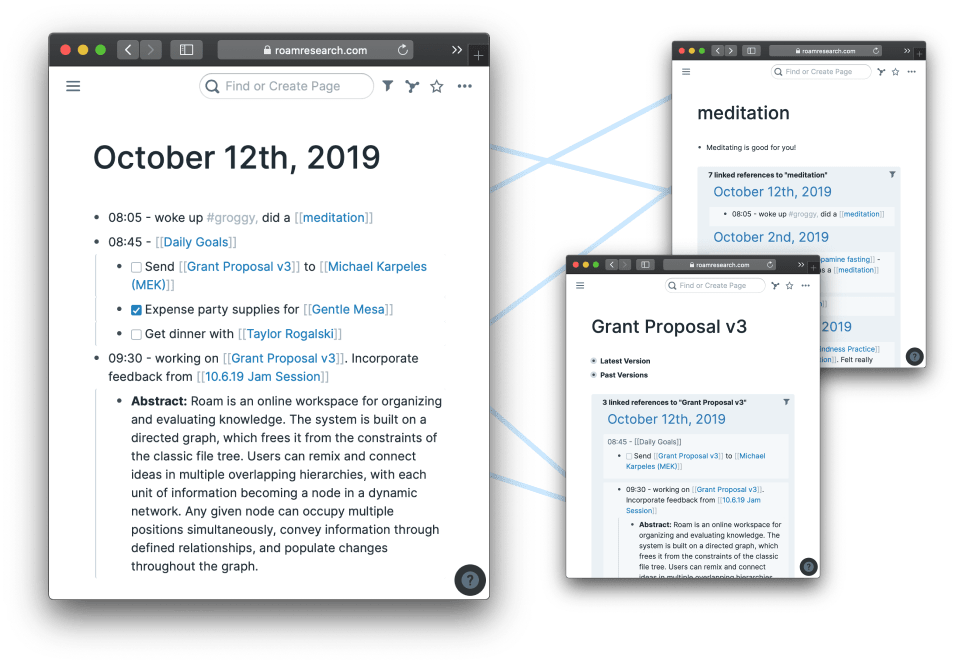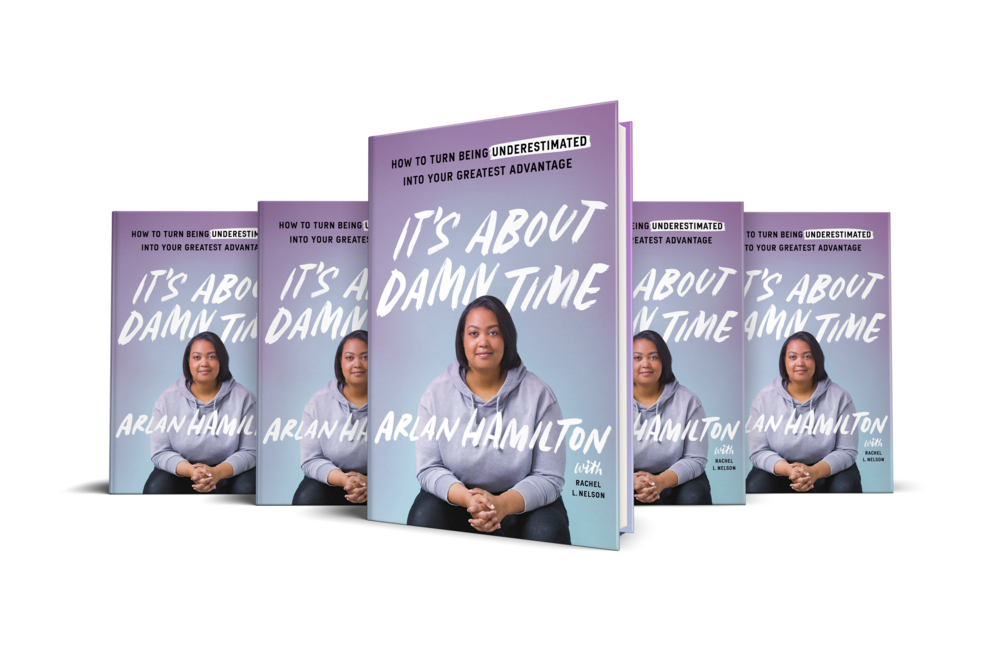This was originally published by Chris Guimarin on May 25th, 2020. Subscribe to his weekly collection of thoughts here!
? A weekly collection of thoughts and links from the past week.
Hello! I hope everyone is staying safe and healthy. Every Monday, look for this Recap, a collection of my thoughts and links from the past week. The common thread will be how technology and design are changing the systems of our lives.
“The Toolbelt” and “The Bookshelf” are two sections for each Recap. With “The Toolbelt,” this is where I’ll share a tool and how it enhances my process. With “The Bookshelf,” it is a window into what I’m currently reading and any interesting tidbits.
Outside of this weekly email, I will be writing posts focused on a single topic.
Psst, it will be about Remote Work.
Audience-First Products
There is a shift where creators focus on building an audience and then monetizing it. The previous modal was around creating an item and then convincing others to buy it. Audience building happens with blogs, newsletters, forums, discord servers, and many more.
Throughout time we have created communities, and they have always been powerful, what we are seeing is that those communities are becoming a more substantial part of the individual’s identity. The amount of content is growing exponentially, and instead of trusting or engaging with faceless institutions, people prefer listening to people. For example, we’ll see individuals be more focused around a particular writer at the New York Times vs. just the New York Times. Similarily how content has become such a specific look at all of the content on Netflix and the particular genres in music, we will see people continue to pick the story that fits into how they view their identity.
Arlan Hamilton, in her book, It’s About Damn Time, talked about how, when she had to switch her popular blog from MySpace to Facebook, she went from 50,000 subscribers to 5,000 subscribers. Losing the majority of the audience solely from not having data she could control.
This idea isn’t new; it waxes and wanes with each communication channel. I’ve been watching Mrs. America this week, one of the powerful tools Phyllis Schlafly employs is the reach of her newsletter. Also, I’d highly recommend it. I’ve enjoyed learning about the ERA and some of the origins of today’s politics.
Quibi
Speaking of content! I had a tweet gain some traction where I weighed into the Quibi content debate. For context, Quibi or quick bites launched this past month. There has been a huge traditional media push behind it, but it hasn’t taken off.
Coincidentally later in the week, I listened to Recode Decode with Kara Swisher, where she interviewed Jeffrey Katzenberg, and he acknowledges this disadvantage and uses it to justify the amount of money they’ve spent and where they are in the market. I do not doubt that there is great content on Quibi; however, as part of their launch, the only reason to watch has been that it was free. According to him, they only decide to offer Quibi for free due to the Coronavirus. The value proposition doesn’t make sense, and I suspect it might be a two year flash in the pan as, after two years, all of the content is no longer tied to the platform and will be consumed elsewhere. Quibi is the exact opposite of an audience-first product, there is no audience for it, and they create no mechanism to kickstart the audience becoming invested.
Listen for yourself here and listen to the full episode here
? The Toolbox
A look at a tool that has improved my workflow.

It is the new home for my daily notes, my todo lists, a CRM, and a second brain. It is set up by daily posts, and I am using the Zettelkasten method to organize through Roam’s bi-directional linking. The Zettelkasten practice makes two things super easy: finding an entry point to a vast database of notes and making surprising connections between notes. You always have somewhere to start, and you never know where you will end up. That is one of the beauties of it, is that I can reference an idea on one day and then click into it and see where else in Roam the topic exists. It is like falling down your personal Wikipedia hole.
One of my new favorite activities has been gardening my graph and notes. Roam visualizes how all of your notes are interconnect. It is like going through my thoughts, dusting off concepts, and organizing it all for faster retention. For the Harry Potter nerds, Roam helps build my Occulmency shields by organizing and categorizing all the ideas in my mind.

? The Bookshelf
Notes and ideas from books I have read or are currently reading.

As mentioned above, I’m currently reading Arlan Hamilton’s It’s About Damn Time. I highly recommend it, her story is fascinating, and reading her journey shows how all the good times and bad times have built into her success. Essentially, all of the experiences became a filter for how she looked at investments, people, and products. The book shows how her system came to be and how all the ideas have woven together.
Without using the term Audience-First Products, she talks about the idea and how that has driven her work. I am only a quarter of the way through, and I have been finished each chapter feeling energized and inspired.
Plus, there is plenty of humor like this line
“Believe it or not, that would be only the first of two times I was involved in lesbian drama at an IHOP in my twenties.”
I hope the second time comes up in future chapters of the book.